Attic Insulation Installers Near Me: Why Proper Insulation Protects Your Roof
Attic insulation installers near me" searches spike during energy bill season and after roof damage from ice dams, but most homeowners don't understand the critical connection between attic insulation and roof longevity. Proper attic insulation doesn't just reduce heating and cooling costs—it protects roofing materials, prevents ice dams, controls moisture, and extends roof lifespan by years or even decades. Understanding this relationship and finding qualified local insulation contractors helps homeowners make informed decisions that protect both their roofs and their wallets for the long term.
How Attic Insulation Protects Your Roof
Attic insulation creates thermal barriers preventing conditioned air from escaping through roof structures. In winter, adequate insulation keeps warm air inside living spaces instead of heating attic areas. This temperature control prevents snow melt that creates destructive ice dams along roof edges. Insulation also reduces condensation on cold roof decking that causes wood rot, mold growth, and premature shingle deterioration.
Summer benefits prove equally important. Proper insulation prevents extreme attic temperatures that accelerate shingle aging and adhesive breakdown. Attics without adequate insulation reach 150-160°F during summer months, cooking shingles from underneath and shortening their lifespan by 30-40%. Quality insulation maintains cooler attic temperatures, preserving roofing materials and reducing air conditioning loads. These protective effects make insulation as critical to roof longevity as the roofing materials themselves.
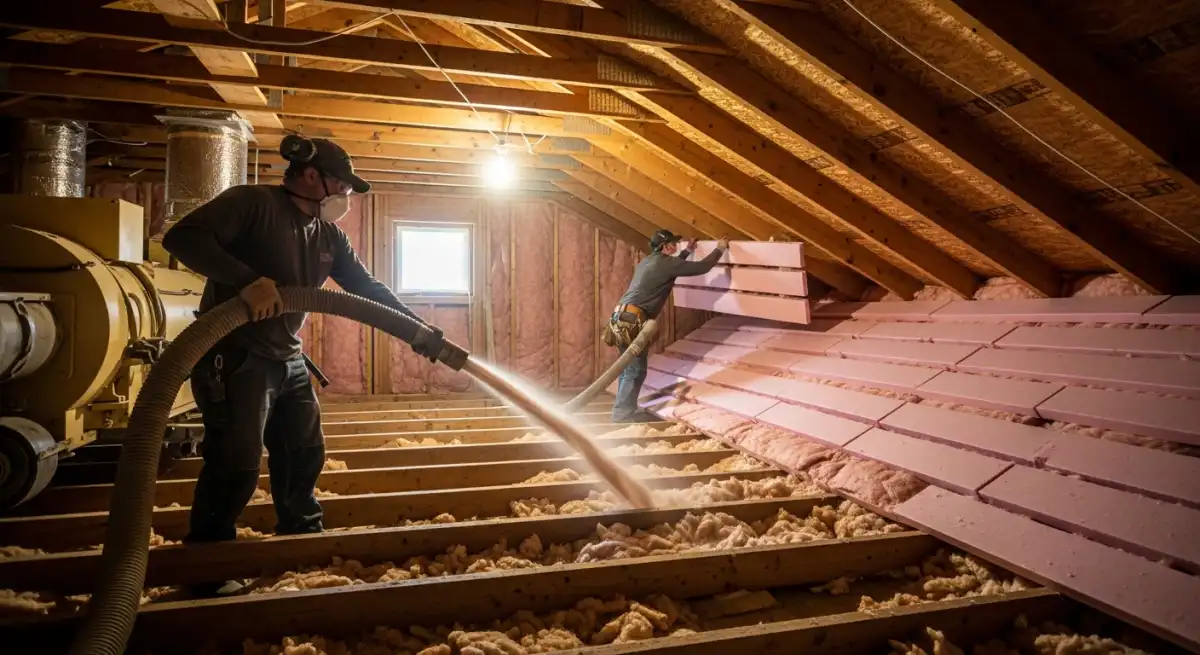
Ice Dam Prevention: Insulation's Most Critical Roof Protection
Ice dams form when heat escaping through poorly insulated attics melts snow on upper roof sections. Melted water runs down to cold roof edges where it refreezes, creating ice barriers that trap subsequent meltwater. This trapped water backs up under shingles, infiltrating roof structures and causing extensive interior damage. Northern Virginia's winter freeze-thaw cycles create perfect ice dam conditions when insulation proves inadequate.
Proper insulation prevents ice dams by maintaining uniform cold roof temperatures. When attic temperatures stay near outdoor temperatures, snow melts uniformly across entire roofs or not at all, eliminating the differential melting that causes ice dams. The R-value recommended for Northern Virginia—R-38 to R-60 depending on insulation type—provides sufficient thermal resistance to prevent problematic heat loss. Homes experiencing recurring ice dams almost always have insulation deficiencies requiring professional correction before emergency leak repairs become necessary.
Ventilation and Insulation: The Critical Partnership
Attic insulation works effectively only when paired with proper ventilation. Ventilation removes moisture that insulation alone cannot control and prevents heat buildup during summer months. The combination of adequate insulation and balanced ventilation—soffit vents for intake, ridge vents for exhaust—creates optimal attic environments protecting both roofs and insulation investments.
Insulation installed without maintaining proper ventilation airflow creates problems. Blocking soffit vents with insulation prevents air circulation, trapping moisture that rots roof decking and reduces insulation effectiveness. Professional installers understand these requirements, using baffles to maintain airflow channels while maximizing insulation coverage. This integrated approach applies whether installing insulation as standalone improvement or during comprehensive roof protection projects.
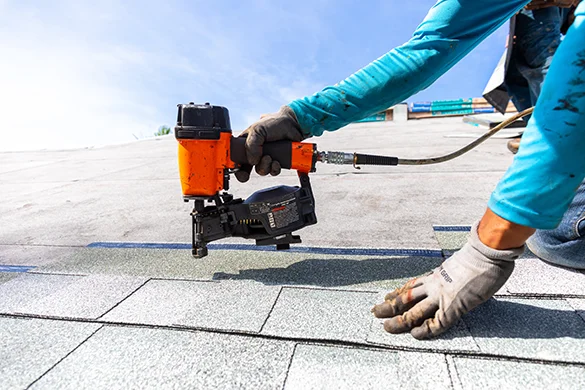
Types of Attic Insulation
Blown-in fiberglass or cellulose represents the most common attic insulation type. These materials fill irregular spaces completely, conforming around obstacles and creating uniform coverage. Fiberglass costs less but settles more over time. Cellulose offers superior air sealing and R-value per inch but costs slightly more. Both materials work excellently when installed to proper depths by experienced contractors.
Spray foam insulation provides the highest R-value per inch and superior air sealing but costs 2-3 times more than blown materials. Closed-cell spray foam adds structural strength and moisture barriers. Open-cell foam costs less while still providing excellent thermal performance. Batt insulation—the pink fiberglass rolls DIYers recognize—works adequately for new construction but proves difficult to install properly in existing attics with irregular joist spacing and obstacles. Professional contractors recommend appropriate materials based on your specific attic configuration, budget, and performance goals.
Finding Qualified Attic Insulation Installers
Not all contractors possess equal insulation expertise. Seek installers with specific attic insulation experience and manufacturer certifications. Building Performance Institute (BPI) or Residential Energy Services Network (RESNET) certifications indicate advanced training in building science and insulation best practices. These credentials matter more than general contractor licenses for insulation work.
Local insulation contractors understand Northern Virginia's specific climate requirements and building codes. They know recommended R-values, common attic configurations in regional homes, and moisture management strategies for local humidity levels. Verify proper licensing and insurance covering both liability and workers' compensation. Request references from recent insulation projects and photos showing work quality. Quality installers provide detailed proposals explaining current insulation levels, recommended improvements, expected R-values, and projected energy savings. Similar vetting applies when selecting contractors for any exterior improvement projects.
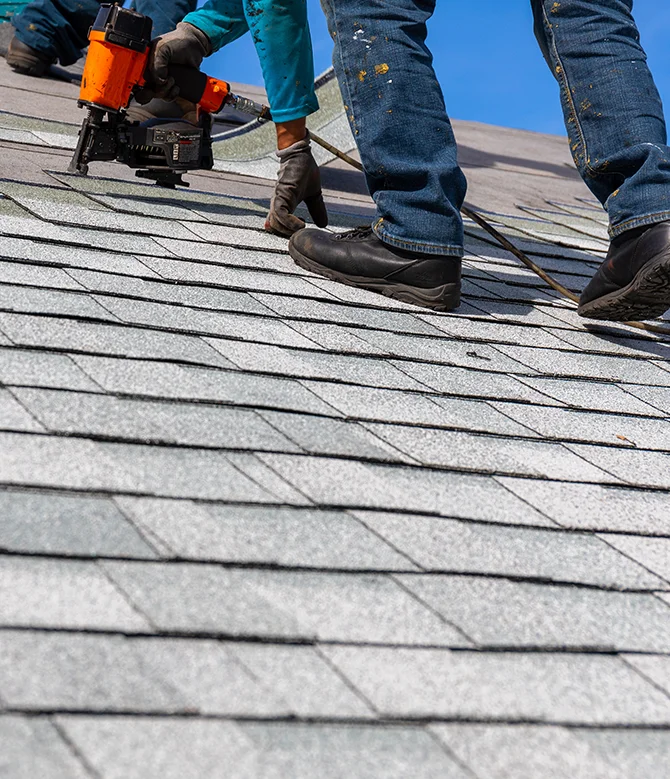
Energy Audits: Understanding Your Insulation Needs
Professional energy audits identify insulation deficiencies and quantify potential savings from improvements. Auditors use thermal imaging cameras revealing heat loss through inadequate insulation, blower door tests measuring air leakage, and attic inspections assessing current insulation depth and condition. These comprehensive evaluations cost $300-600 but provide invaluable data for making informed insulation decisions.
Many utility companies offer subsidized or free energy audits, reducing homeowner costs while providing professional assessments. Audit reports detail specific recommendations with cost-benefit analyses showing payback periods for various improvements. This data helps prioritize insulation investments alongside other energy efficiency upgrades. Some contractors include free basic energy assessments with insulation proposals, though these rarely match independent audit thoroughness.
Insulation Installation Process
Professional insulation installation begins with attic preparation. Contractors remove old, damaged, or contaminated insulation if necessary. They seal air leaks around penetrations, wiring, and plumbing using spray foam or caulk—this air sealing often provides greater energy savings than insulation itself. Installers install ventilation baffles maintaining airflow from soffit vents to ridge vents.
Blown insulation installation uses specialized equipment distributing material evenly to specified depths. Contractors use depth markers ensuring consistent coverage meeting target R-values. They avoid compressing insulation around recessed lights, chimneys, or other heat sources requiring clearance. Quality installers photograph the completed work documenting proper coverage and depths. The entire process typically completes in one day for average homes, though larger or complex attics may require additional time. This efficiency parallels professional approaches to commercial roofing installations.
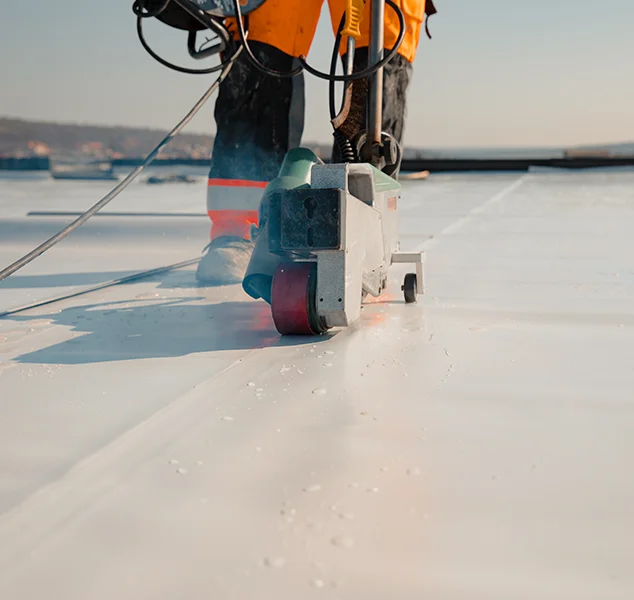
Insulation Cost and ROI
Attic insulation costs vary based on attic size, current insulation levels, material type, and installation complexity. Blown fiberglass or cellulose averages $1.50-3.50 per square foot installed. Spray foam costs $3-7 per square foot depending on foam type and thickness. Typical 1,500-2,000 square foot attics cost $2,000-5,000 for blown insulation or $5,000-12,000 for spray foam.
Return on investment for insulation proves excellent. Energy savings typically range from 15-30% of heating and cooling costs, translating to $300-800 annually for average Northern Virginia homes. Simple payback periods run 3-8 years, after which savings continue indefinitely. Add roof protection benefits—extended shingle life, prevented ice dam damage, reduced moisture issues—and insulation ranks among the highest-return home improvements available. Many homeowners recoup costs entirely within 5-10 years through combined energy savings and avoided repair expenses.
Insulation Incentives and Rebates
Federal tax credits, state rebates, and utility incentives significantly reduce insulation costs. The federal Energy Efficient Home Improvement Credit provides tax credits for insulation improvements meeting specific criteria. Virginia and local utilities offer additional rebates ranging from $100-500 depending on project scope and energy savings achieved.
Qualified contractors understand available incentives and help homeowners navigate application processes. Some programs require pre-approval or specific contractor certifications. Others demand energy audits documenting improvements. Investigate incentives before starting projects to ensure compliance with all requirements. Combined incentives sometimes reduce effective costs by 20-40%, making insulation improvements even more financially attractive. These financial benefits complement the roof protection advantages that represent insulation's primary value for homes needing roof system improvements.
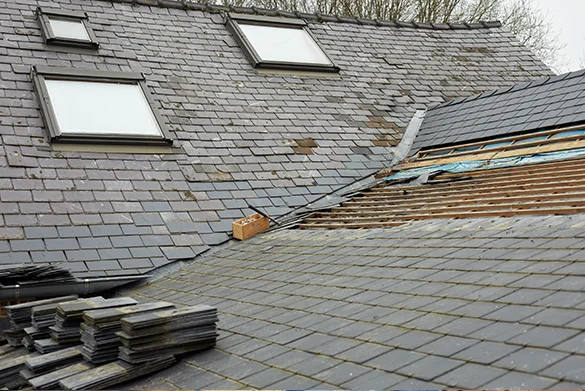
Common Insulation Mistakes to Avoid
Compressing insulation reduces its R-value significantly. Installers cramming insulation into tight spaces or over-filling areas create performance losses that negate their efforts. Blocking ventilation airflow with insulation causes moisture accumulation and reduced insulation effectiveness. Leaving gaps around obstacles or in hard-to-reach areas creates thermal bypasses undermining overall performance.
Ignoring air sealing before installing insulation wastes money. Air leakage accounts for 25-40% of heating and cooling losses—adding insulation without sealing air leaks provides minimal benefits. Installing insulation over recessed light fixtures or other heat sources without proper clearance creates fire hazards. Professional installers avoid these mistakes through proper training and adherence to building codes and manufacturer specifications.
Insulation and Roof Replacement Timing
Coordinate insulation improvements with roof replacement projects when possible. The combined timing reduces overall costs by sharing mobilization expenses and allows addressing both components of the roof system simultaneously. Contractors can inspect and upgrade insulation while replacing roofing materials, ensuring optimal thermal performance coincides with new roof installation.
However, don't delay necessary insulation improvements waiting for roof replacement. Ice dam damage, excessive energy costs, and moisture problems justify immediate insulation upgrades regardless of roof timing. Proper insulation actually extends roof life, potentially delaying replacement needs by protecting roofing materials from thermal stress and moisture issues. This proactive approach prevents damage requiring expensive emergency repairs when problems develop from inadequate insulation.
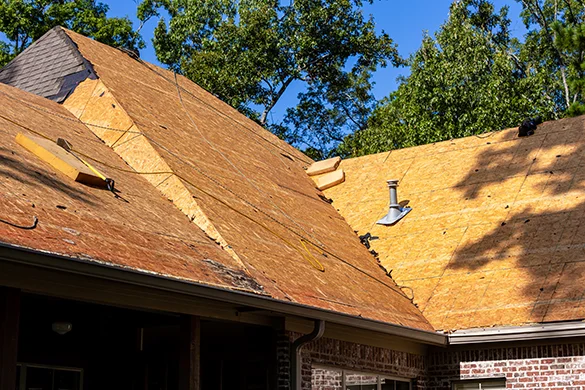
DIY vs. Professional Installation
DIY attic insulation appeals to budget-conscious homeowners but involves significant challenges. Proper installation requires understanding thermal dynamics, moisture management, and ventilation integration that most homeowners lack. Safety concerns include heat stress in attics during summer, respiratory hazards from insulation materials, and risks of stepping through ceilings on attic joists.
Professional installation ensures proper coverage, correct R-values, maintained ventilation, and code compliance. Contractors have specialized equipment distributing materials evenly and safely. They identify and seal air leaks DIYers typically miss. Quality installers warranty their work, providing recourse if problems develop. For most homeowners, professional installation's benefits—performance guarantees, safety, proper technique, and time savings—justify costs exceeding DIY material expenses by $500-1,500.
Maintaining Your Attic Insulation
Insulation requires minimal maintenance but benefits from periodic inspection. Check annually for settling, moisture damage, or pest intrusion. Blown insulation settles 10-20% over years, sometimes requiring top-up applications to maintain target R-values. Water stains on insulation indicate roof leaks or ventilation problems requiring immediate attention before mold develops or insulation loses effectiveness.
Keep stored items off insulation in attic spaces. Weight compresses insulation, reducing R-values significantly. Avoid walking on insulation—step only on joists or install walkways if attic access is frequent. Address any roof leaks immediately to prevent insulation water damage that destroys effectiveness and creates health hazards. These simple maintenance practices protect insulation investments while ensuring continued roof protection and energy savings throughout insulation's 20-30 year expected lifespan.

Making Your Insulation Decision
Quality attic insulation represents one of the best investments homeowners can make, protecting roofs, reducing energy costs, improving comfort, and increasing home values. Finding qualified local insulation installers ensures professional installation meeting code requirements and manufacturer specifications. The combined benefits—roof protection, energy savings, comfort improvement, and environmental responsibility—justify costs that typically pay for themselves within 3-8 years.
Don't postpone insulation improvements waiting for perfect timing. The sooner you install adequate insulation, the sooner you enjoy benefits and protection. For expert attic insulation installation in Northern Virginia with experienced contractors understanding the roof protection connection, contact Reston Roof at (571) 453-6515. Our team provides comprehensive assessments, quality installations, and integrated approaches maximizing both energy performance and roof system longevity.